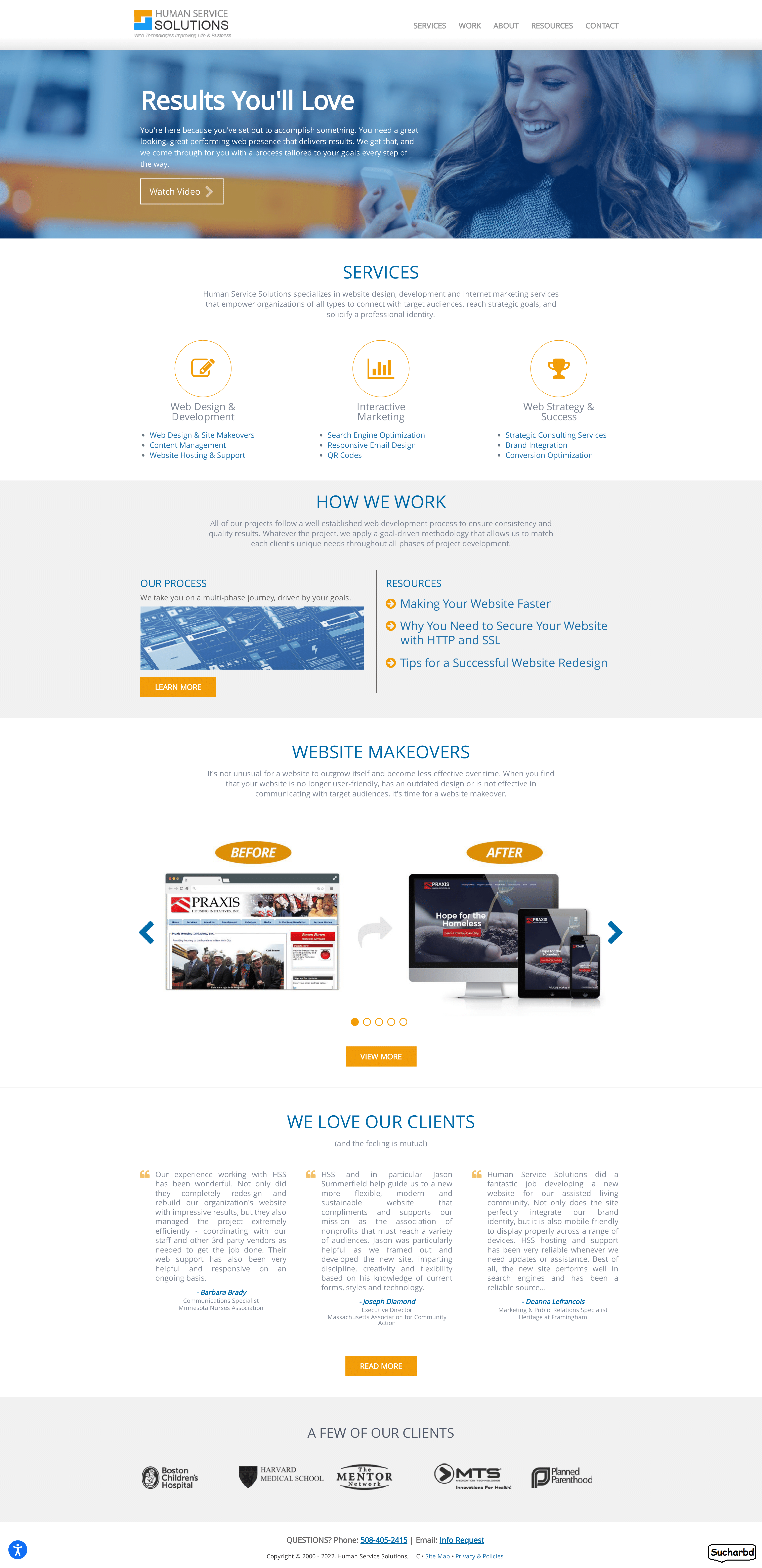Programming
Develop
High Performance Quality
High-converting website design and development project handling and marketing.


High-converting website design and development project handling and marketing.

Copying, cloning, or duplicating a website refers to the process of creating an identical or similar version of an existing website. This can be useful in a variety of scenarios, such as creating a backup of a website, creating a test environment to experiment with new features, or creating a new website based on an existing design.

One of the fundamental principles of responsive web design is to use flexible layouts that adapt to different screen sizes. This means using relative units such as percentages, ems, or rem to specify widths and heights, rather than fixed pixel values.
When designing a responsive website, it is important to prioritize content based on its importance. This means ensuring that the most important content is visible and easily accessible on all screen sizes, even on smaller devices.
Media queries are CSS rules that allow designers to apply different styles based on the device's screen size. This allows for a more customized user experience and ensures that the website looks good on all devices.
Large images can slow down a website and negatively impact the user experience. It is essential to optimize images by compressing them and using the appropriate file format to ensure that they load quickly on all devices.
Navigation menus can be tricky on small screens, so it is important to keep navigation simple and straightforward. This means using clear, concise labels and minimizing the number of menu items.
The first step in creating a responsive website is to plan the layout. This involves creating a wireframe or mockup of the website's design, taking into account the different screen sizes and devices the website will be viewed on. It is important to prioritize content and ensure that the website's layout is flexible and adapts to different screen sizes.
Once the layout has been planned, the next step is to write the HTML and CSS code for the website. It is important to use flexible layouts and relative units to ensure that the website adapts to different screen sizes. Media queries should also be used to apply different styles based on the device's screen size.
Images can have a significant impact on a website's performance, so it is important to optimize images by compressing them and using the appropriate file format. This helps to ensure that the website loads quickly on all devices.
Once the website has been designed and developed, it is essential to test it thoroughly on different devices and screen sizes. This helps to ensure that the website looks good and functions correctly on all devices.
Based on the testing results, the website design may need to be refined to ensure that it works well on all devices. This may involve adjusting the layout, optimizing images, or tweaking the CSS styles.
Once the website design has been refined and thoroughly tested, it is ready to be launched. It is important to continue monitoring the website's performance and user experience, and to make any necessary adjustments to ensure that the website continues to work well on all devices.
